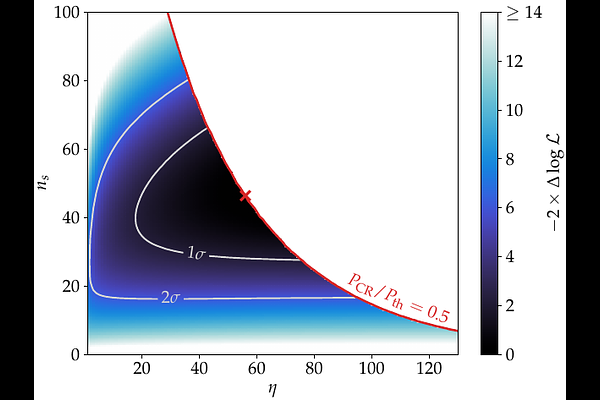Constraining the contribution of Seyfert galaxies to the diffuse neutrino flux in light of point source observations

Constraining the contribution of Seyfert galaxies to the diffuse neutrino flux in light of point source observations
Lena Saurenhaus, Francesca Capel, Foteini Oikonomou, Johannes Buchner
AbstractRecently, the IceCube Collaboration reported evidence for TeV neutrino emission from several nearby Seyfert galaxies, with the highest significance found for NGC 1068. Assuming stochastic proton acceleration in magnetized turbulence inside the corona, we model the neutrino emission of Seyfert galaxies as a function of their X-ray luminosity. Applying our model to NGC 1068, we obtain a good fit to the public IceCube data and constrain the coronal radius to $\lesssim 5 R_S$ by comparing our MeV $\gamma$-ray predictions to Fermi-LAT observations. Extending to the full Seyfert population, we estimate their diffuse neutrino contribution and find that they can explain a significant fraction of the observed flux below $10\,\mathrm{TeV}$. However, scenarios with highly turbulent coronae and high cosmic-ray pressure across the population are ruled out. In particular, if all sources shared the best-fit parameters obtained for NGC 1068, their cumulative neutrino emission would exceed current upper limits at TeV energies by $3.8\sigma$. Our results, informed by both neutrino and $\gamma$-ray data, show that those Seyfert galaxies that emerge as neutrino point sources must be exceptionally efficient neutrino emitters and are not representative of the broader population.